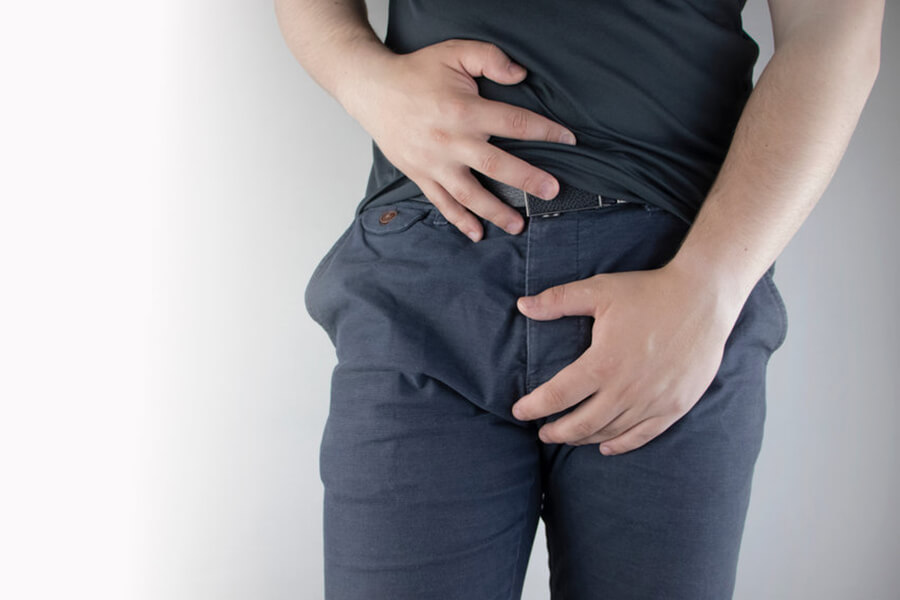Left untreated, sexually transmitted diseases (STDs) can cause long-lasting damage, including infertility. But in most cases, STDs that are identified and treated early can have an excellent outlook.
Here are some of the more common STDs that affect men, as well as the signs and symptoms to watch for. It’s important to note, however, that some STDS have no or few visible symptoms.
Herpes
There two types of herpes simplex virus. Oral herpes causes cold sores in or around the mouth, while type 2 typically spreads through sex and shows up in or on the genitals.
Men who contract type 2 herpes may experience some of the following:
- blisters in the genitals, rectum, buttocks or thighs (which can be mild enough to be mistaken for ingrown hairs, razor burn or insect bites)
- sore muscles in the upper legs, buttocks or lower back
- fever
- tingling, burning or itching of the skin around the blisters
- painful blisters or open sores in or around the mouth
- loss of appetite
Herpes in generally diagnosed through blood test, a Polymerase Chain Reaction (PCR) test of your DNA or a cell culture from the fluid inside a sore.
Although treatments can’t cure herpes, they may be able help increase the time between outbreaks.
Chlamydia
This bacterial sexually transmitted infection is passed through vaginal, oral or anal sex. It can affect the urethra, throat or rectum.
Signs and symptoms of chlamydia include:
- pain during urination
- penile discharge
- itching or burning around the opening of the penis
- pain and swelling in the testicle(s)
- fever (when the epididymis is infected)
Chlamydia is diagnosed via a urine sample or through a sample taken through the urethra with a cotton swab.
Treatment for chlamydia includes either a single dose or seven-day course of antibiotics.
Gonorrhea
This bacterial infection is also passed through vaginal, anal or oral sex and affects the urethra, rectum or throat.
Most men notice no symptoms, but those who do usually see them within the first 14 days of contracting gonorrhea.
Symptoms can include:
- pain during urination
- white, yellow or gray discharge
- pain in the testicle
- itching or soreness around the anus
- bloody discharge from the anus
- painful bowel movements
Gonorrhea is diagnosed with a urinal test in most cases, although a swab may be used to collect samples from the throat, rectum or urethra. Gonorrhea is treated with antibiotics.
If you recognize any of these symptoms of common STDs, see a doctor.

